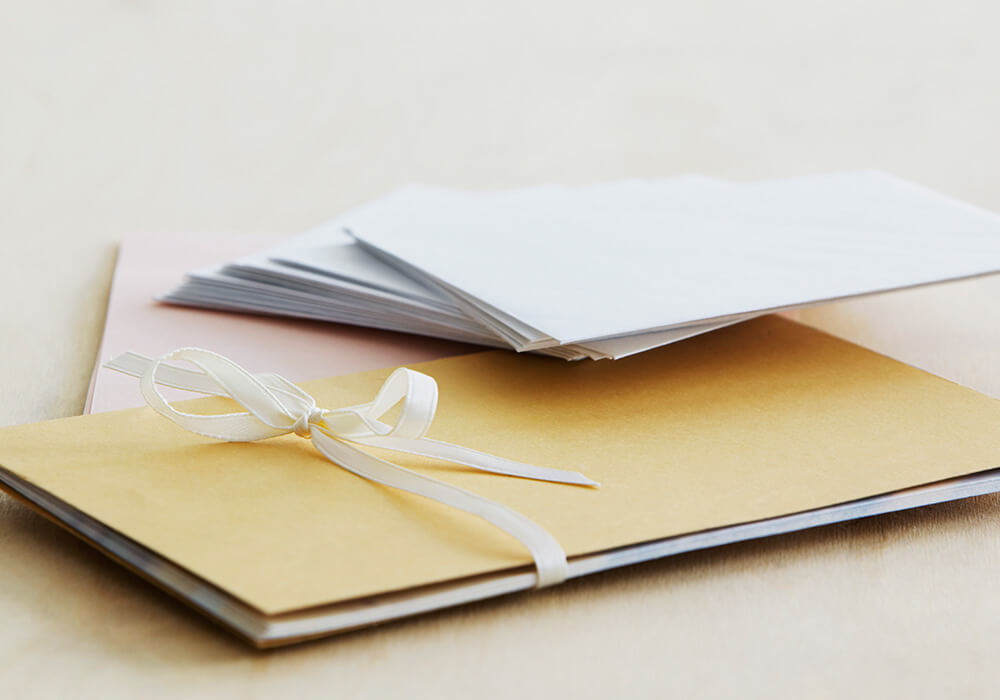There are an almost unlimited amount of budgeting systems and setups to pick and choose from today, but one of the most popular techniques to master budgeting pretty quickly is known as the “envelope method of budgeting” – a way to take control of your financial situation that was really pioneered by Dave Ramsey.

Let’s take a little deeper into everything that this budgeting approach has to offer so we can figure out if it’s right for you.
Envelope Method of Budgeting 101
The idea behind the envelope method of budgeting is to dramatically simplify the entirety of your budget into very easy, very basic, and very tangible practices that put the sometimes nebulous way we look at money into something a little more concrete.
The general push is straightforward – all of your money for the month is turned into cash and stuffed into individual envelopes, with enough cash put into those envelopes throughout the month to cover all of those financial responsibilities.
Each of your major spending categories get their own envelope – envelopes for groceries and dining out, gas and weekly expenses, healthcare and insurance, car maintenance, personal spending, entertainments, bills, and more – with a clearly defined amount of cash you have to hit every month to meet those obligations.
Fill the Envelopes With Each “Intake” Situation
After structuring your envelopes to meet your specific needs, the other piece of the puzzle with the envelope method of budgeting is actually filling those individual envelopes up with the cash you need to hit your expenses.
Let’s say, for example, that you have budgeted out $500 each month for groceries. With your first paycheck you’ll want to take out, say, $250 and deposited directly into that envelope – with which you have $250 to spend on groceries over the next two weeks until you add another $250 to round out the rest of the month.
You Only Spend the Cash Available in Each Envelope
The most important thing for successfully leveraging the envelope method of budgeting is to only ever spend the cash that you have available in each envelope at anyone particular point in time.
In our example above, while you have $500 to spend on groceries in total during a month you may only have $250 to spend on groceries for the first two weeks. That means that if you spend $150 the first week you’ll have to make do with $100 the next – at least until you “top up” and add another $250 to hit your budget figures.
This can take a little bit of getting used to (especially if you find yourself at the store with $120 worth of groceries but only $100 worth of cash in your envelope) but it adds a lot of structure and helps discipline become almost effortless when you are getting started in the world budgeting.
There are ways to kind of “digitize” the envelope method of budgeting but this more tangible and sort of old-school approach adds a lot of weight and a lot of responsibility to your cash that makes focusing on it a whole lot easier.







